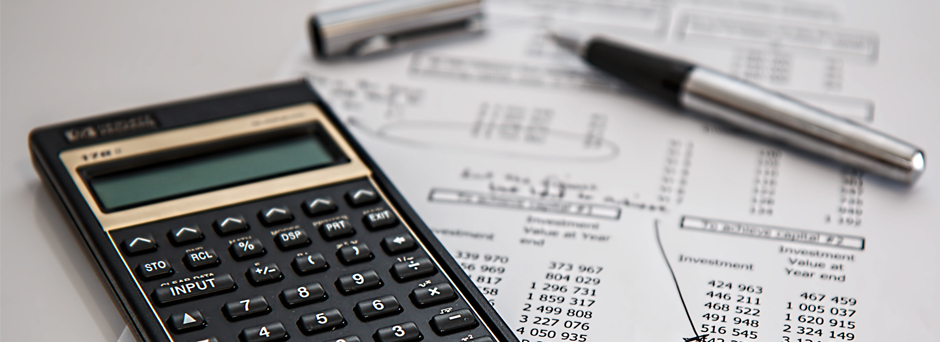Anne-Marie Saint-John, Alva, Long Island City, NY >
Breaking Even
Before your business can earn profit, it will first need to reach the break even point. A break-even analysis tells you how much income you will need to exactly cover all your expenses. To do this, you need to know what your costs and sales revenue are.

#1 – Fixed Costs
Sometimes called “overhead”, these costs do not vary much from month to month; they do not depend on how much output you produce. They include rent, insurance, and utilities.
Example: Maria recently opened a dressmaking workshop. She pays $4,500 a month for rent, $500 for machine maintenance, and $1,000 for water and electricity. Her total fixed costs are $6,000 per month.
#2 – Sales Revenue.
This amount is how much money your business earns through sales. To conduct a valid break-even analysis, your projection should be based on how much business you expect to have, not how much you need to make a good profit.
Example: Maria charges $300 for her dresses and thinks she can sell 25 dresses this month. Her monthly sales revenue is $7,500 (25 x $300 = $7,500).
#3 – Average gross profit for each sale
The money left over from a sale after paying the direct costs of that sale.
Example: Maria pays an average of $100 for the supplies and materials to make the dresses that she sells for $300. Therefore, Mary’s average gross profit is $200 for each dress sold ($300 – $100 = $200).
#4 – Average gross profit percentage
Divide the average gross profit by the average sales price to see how much of every dollar of sales revenue is gross profit.
Example: Maria’ average gross profit is $200 for the dresses that she sells for $300. Her gross profit percentage is 66.7% ($200 ÷ $300 = 0.6666… = 66.7%).
ARTICLE CONTINUED BELOW
Your Balance Point
Simply divide your estimated fixed costs by your gross profit percentage to determine the amount of sales revenue you will need to break even.
Fixed Costs ÷ Gross Profit Percentage = Amount of Sales Profits Required to Break Even
Example: Maria’s fixed costs are $6,000 per month and her expected profit margin is 66.7%. Therefore, her breakeven point is $9,000 ($6,000 ÷ 0.667 = $9,000).
In other words, Maria must earn $9,000 each month just to pay her fixed costs and her direct (product) costs. This number does not include any earnings, not even a salary for herself. As her breakeven point is $9,000 a month and she has estimated to earn only $ 7,500 a month, Maria understands that her business will not survive unless she makes some changes.

If your breakeven point is higher than your expected earnings, you will need to assess whether certain aspects of your business can be changed to achieve a lower breakeven point. Some adjustments include:
- Finding a cheaper source of supplies.
- Evaluating whether it is possible to maintain the level of production by hiring fewer people.
- Saving the fixed cost of rent by working from home.
- Selling your product or service at a higher price.
Example: After Maria reviewed her break-even analysis, she decided to cut her expenses by working from home rather than paying rent for a design shop. This reduced Maria’s fixed expenses from $6,000 a month to $1,500 a month. With these savings, her breakeven point is now $2,250 per month ($ 1,500 ÷ 0.667 = $ 2,250). Since Maria thinks she can easily sell 25 dresses a month, at $300 each, her total sales income will be $ ,500 a month (25 x $ 300 = $ 7,500). Now Maria will have a profit of more than $5,000 each month ($ 7,500 – $ 2,250 = $ 5,250)!

